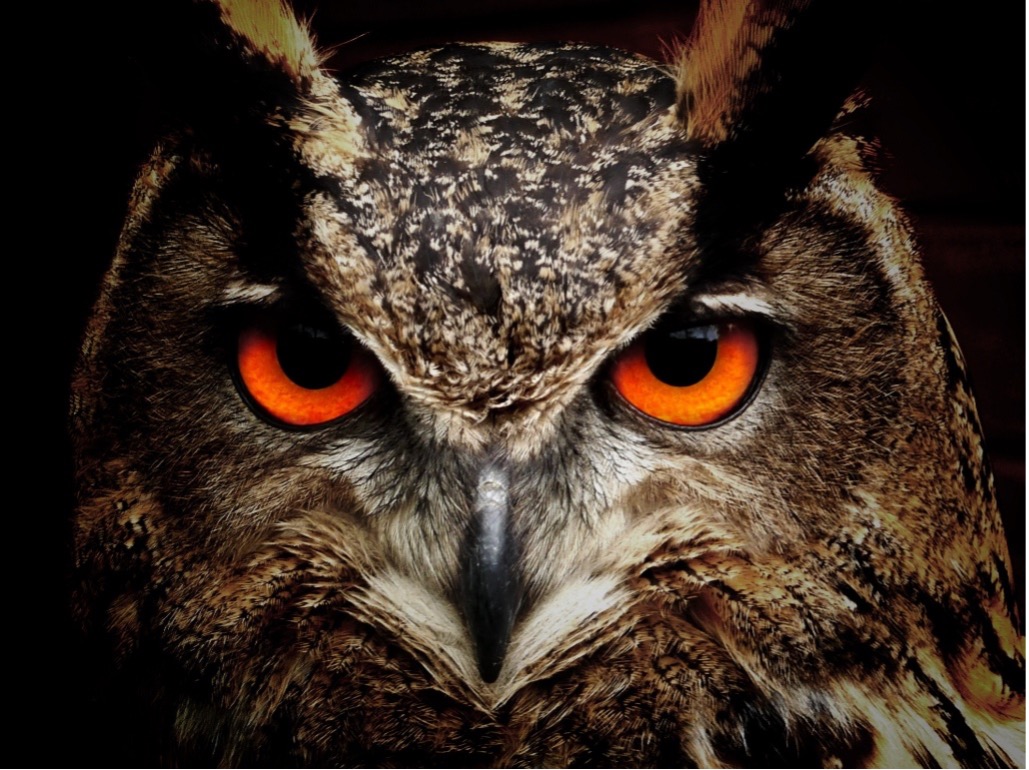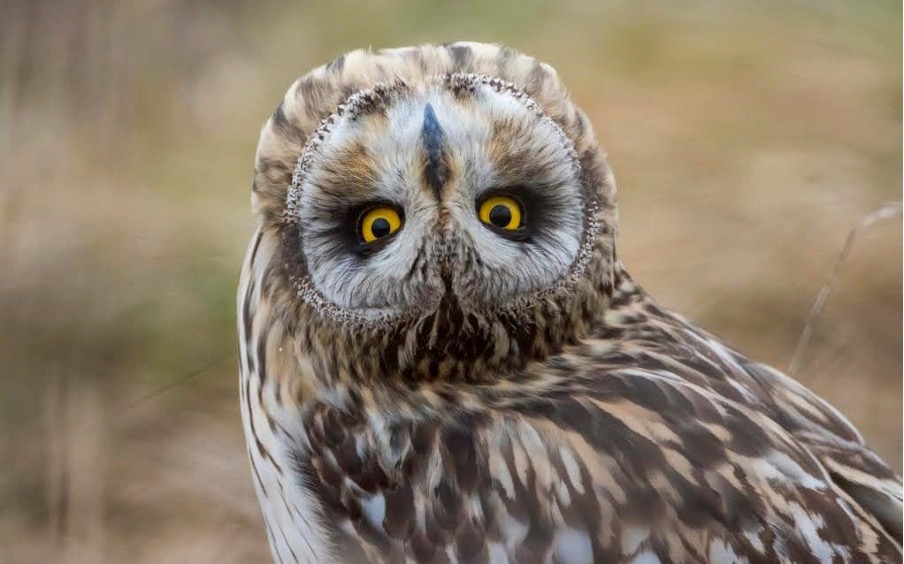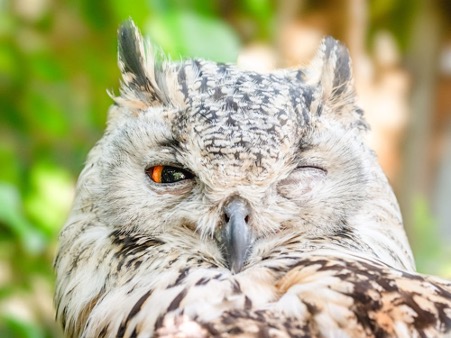By Fanis Michalakis,
In the class Aves (binds) is the Order Strigiformes a.k.a. owls. The class consists of over 200 species of birds of prey who are mostly nocturnal and solitary. They live in almost every environment, from rainforests to deserts and even snowy habitats. They use any type of shelter they can find and mark a territory that they use to hide from predators and hunt. Usually, they eat small birds, mammals, or other birds, but some owls specialize in eating fish. To survive in so many different environments the owl has some adaptations which make them unique.
During the day, the owl needs to camouflage itself to hide from predators. This is why owls living in different habitats have different colored feathers. Snowy owls have white feathers to match the snow, while owls living in forests have brown feathers to hide inside tree trunks. Some owls have a set of specialized feathers that look like ears on each side of their face. These feathers, however, have nothing to do with hearing. Instead, they help the owl camouflage itself by resembling small branches.

As they hunt at night, the owl needs a great sense of hearing to detect its next meal. Unlike the usual ear, owls have two slits on each side of the head with skin on top which they can open or close with the help of some muscles. For more accurate hearing, some owl species have one ear placed higher on the head, while the other ear is placed lower. In these cases, the owl will move its head when it hears a sound until the noise reaches both ears at the same time. This is when it has spotted its next victim, even if it has not seen it.
The eyes of the owl are massive. Some species have eyes larger than ours! These eyes give the owl the ability to see better in the dark at the cost of color vision (the perfect trade for someone operating at night). They are also facing forward, just like us, meaning that as the two scenes captured by both eyes overlap, the owl can judge distance and depth. However, the eyes are locked in their sockets by the “sclerotic rings” which are bony plates surrounding them, forcing them to always look forward. This would be a massive problem, as the owl would be unable to look at its side or back without moving its entire body. Thus, the owl developed the ability to rotate its head 270° so no predator can sneak up on it. The neck is so flexible compared to us, because the owl has 14 cervical vertebrae (the neck part of the spine), while humans only have 7.

The owl flies silently. Their wings have specialized feathers that allow the wind to pass over the owl with little resistance, minimizing the noise produced. The advantage of this trait is huge! The owl can hear its prey but the prey cannot hear the owl coming to hide. Once it reaches its prey, the owl uses its feet to hold and handle the animal. The sharp talons at the end of each finger give the owl a better grasp. Owls cannot chew their food, so instead, they swallow it whole. But because they cannot digest all the body parts (bones, talons, hard parts, etc.) they pack everything they cannot eat in their stomach as pellets and then vomit them. The pellets are important to biologists, as they give us information regarding the diet of owl species.
References
- Owl habitat. owlworlds.com. Available here
- Ryan, Tom. How owls defend themselves. animals.mom.com. Available here
- Owl adaptation. owlresearchinstitute.org. Available here




